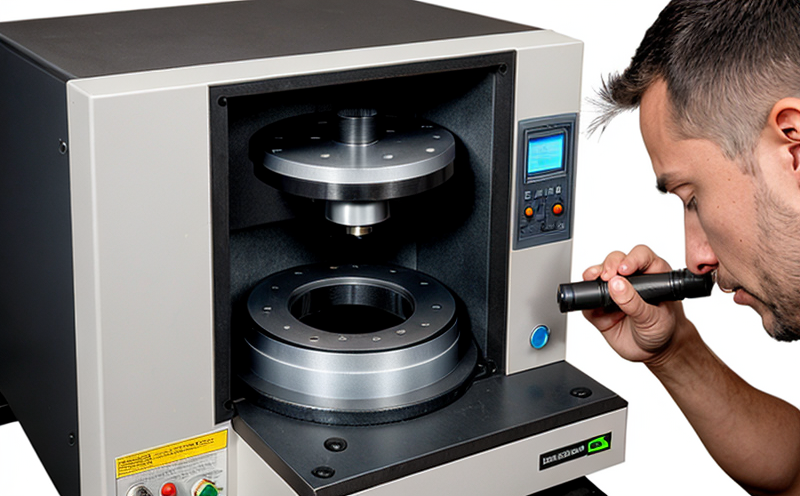ISO 18203 Steel Microstructure Determination of Hardenability
The ISO 18203 standard is a critical tool in the additive manufacturing (AM) and 3D printing sectors, particularly for ensuring that steel components meet specific mechanical properties. Hardenability testing using this standard allows manufacturers to assess how well the microstructure of a steel will respond to quenching and subsequent tempering processes. This assessment is crucial as it directly impacts the durability, wear resistance, and overall performance of the final product.
The process involves the preparation of specimens that are subjected to controlled heat treatments followed by observation under a metallographic microscope. The microstructure is then compared against reference standards to determine the hardenability index (HI). A high HI indicates better potential for achieving the desired mechanical properties, which is vital in industries such as automotive, aerospace, and heavy machinery.
The importance of this test cannot be overstated, especially when dealing with complex geometries that are typical in AM processes. The ability to predict and optimize microstructure formation can lead to significant improvements in product quality and reliability. By adhering to the strict protocols outlined in ISO 18203, manufacturers can ensure consistency across their production runs, thereby reducing the risk of failure due to insufficient hardenability.
The standard is particularly relevant for materials such as AISI 4140, 516, and 718, which are commonly used in high-stress applications. Understanding how these materials behave under different thermal conditions allows engineers to design parts that meet both performance specifications and cost constraints. This knowledge is essential for optimizing the AM process parameters, such as laser power, scan speed, and layer thickness, to achieve the desired microstructure.
Compliance with ISO 18203 also enhances a company's reputation in terms of quality assurance and reliability. In an era where product safety and performance are paramount, meeting international standards is not just a regulatory requirement but a competitive necessity. This service provides clients with detailed reports that can be used for internal audits, supplier evaluations, or customer certifications.
In addition to its technical benefits, ISO 18203 testing also supports research and development efforts by providing accurate data on the microstructure evolution during heat treatment. This information is invaluable for process optimization and innovation in AM technologies.
Applied Standards
| Standard | Description |
|---|---|
| ISO 18203-1:2015 | Part 1: Determination of Hardenability by Continuous Cooling Transformation Diagrams (CCT) |
| ISO 18203-2:2015 | Part 2: Determination of Hardenability by Continuous Cooling Curves (CCC) |
The application of these standards ensures that the testing process is consistent and replicable, leading to reliable results. The use of continuous cooling transformation (CCT) diagrams and continuous cooling curves (CCC) allows for precise determination of the hardenability index.
Scope and Methodology
| Scope | Description |
|---|---|
| Determination of Hardenability Index (HI) | The HI is determined by the depth of martensitic transformation under specific cooling conditions. |
| Suitable Materials | AISI 4140, AISI 516, and AISI 718 steel alloys. |
The methodology involves the preparation of specimens according to ISO 18203 guidelines. These specimens are then subjected to controlled heat treatments followed by rapid cooling. The microstructure is observed using a metallographic microscope, and images are captured for analysis. The depth of martensitic transformation is measured at different positions in the specimen, allowing for the calculation of the HI.
The process requires careful attention to detail, including precise control over heating rates, cooling media, and observation time under the microscope. This ensures that the results accurately reflect the hardenability properties of the steel in question.
Competitive Advantage and Market Impact
- Ensures compliance with international standards, enhancing product reliability and safety.
- Provides accurate data for process optimization and innovation in AM technologies.
- Serves as a critical tool for supplier evaluations and internal audits.
- Supports customer certifications and enhances company reputation in the market.
The ability to accurately determine the hardenability of steel components is crucial for maintaining quality standards, especially in sectors where performance and durability are paramount. By offering this service, we help our clients stay ahead of regulatory requirements and industry trends, ensuring they remain competitive in a global market.





